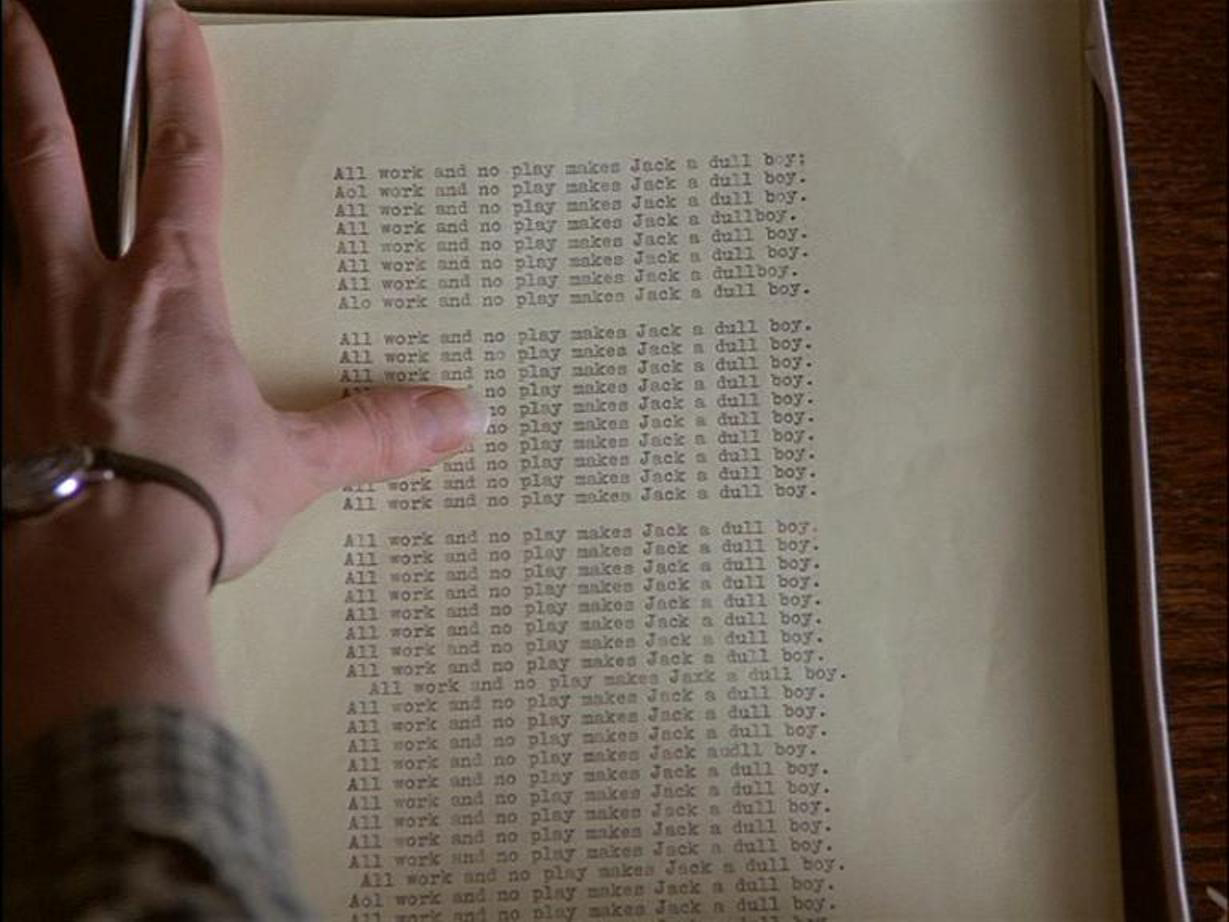All work and no play makes Jack a dull boy. But why work so much? For cash? Why do we need more cash all of the time? To buy the things we want to make us happy. The worlds of work and leisure have tightly entwined themselves to be the functioning purpose of society and the duty of the individual in order to set long term goals and give us reasons to want to work. Jock Young explains in his article, "The Subterranean World of Play" that every society has a series of subterranean values that involve the search for new fun and excitement all of the time no matter when or where. Subterranean values hold a strong place in society where specific cultural values are celebrated in the form of holidays, carnivals, and festivals in which these values are expressed and prioritized over the normal work day. When no fun or excitement is prevalent in a strict society,
"The juvenile delinquent then, is seen as not an alien in the body of society but representing instead a disturbing reflection or caricature. He takes up the subterranean values of society: hedonism (play being the only intrinsic good), disdain for work, aggressive and violent notions of masculinity, and accentuates them to the exclusion of the formal or official values. Moreover, he is encouraged in this process by the fictional portrayals of mass media of heroes who epitomize these values." (Young, 149)
Young's theory of the need to fulfill the subterranean values in any society are especially predominant in Vincent Paronnaud's 2007 film "Persepolis" which focuses on the upbringing of a young Iranian girl during the Islamic Revolution. In the film, the main character Marjane tells of her rebellious life growing up and buying smuggled Western music which was highly illegal for fear of spreading Western influence and culture. Yet, Marjane told of her parents deviating away from the social norm in order to celebrate the subterranean values and holding parties that often required breaking the law to have fun.
Young suggests that the subterranean values of leisure are reinforced through Westernized media, which in turn fuels the drive for more of a need for free time and procrastinating on work which in turn provides a negative look at people who spend large amount of time having fun. At the same time, Young also suggests that the true man find his identity through play and leisure, where a utopia of his own imagination is created free of mental anguish or conflict.
If we were to look back at Cohen's original theory of the development of one's character through past experiences which create their identity and where they fit in, does this also mean that mainstream media plays a major role in the influences and ideologies put in place from such a young age. Everything that people subconsciously worry about in a social setting is often due to the fact that mainstream media has put in place a set line of rules and codes of conduct that effect how people act in public settings. This can be from anything we wear, talk about, listen to, do, or don't do. Without a media based generalization of things we little about, society would not have much to run on but the basic values and morals developed within their own home or community with individuals like themselves. Like Marjane in

